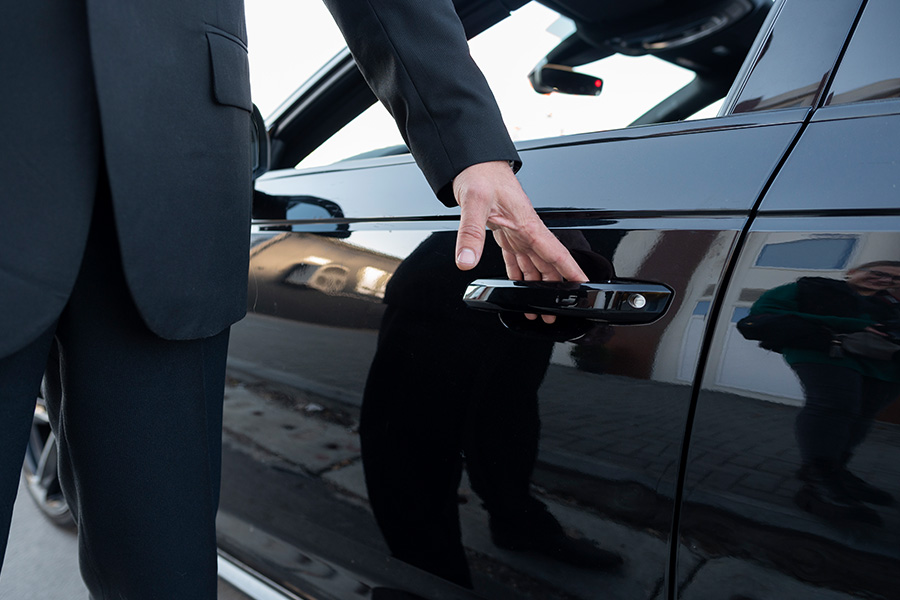As a Private Hire Vehicle (PHV) driver in London, you play a crucial role in the city’s transport network, providing essential services to residents and visitors alike. To ensure you offer the best possible service while complying with regulations, here’s a comprehensive guide on how to carry out your job effectively.
- Licensing and DocumentationVehicle Licensing:
Ensure your vehicle is properly licensed by Transport for London (TfL). This includes always displaying valid licence discs on the front and rear windscreens, even when using the vehicle for private purposes. These discs contain security features and should not be tampered with or removed.
Insurance:
Your PHV must have valid hire or reward insurance. Carry details of the insurance policy with you or display them within the vehicle. You must provide these details to the police if asked and to any involved parties in the event of a collision.
Collision and Damage Reporting:
If your vehicle is involved in a collision that affects its safety, performance, appearance, or comfort, report it to TfL within 72 hours. The vehicle may need to be re-examined before it can continue to operate as a PHV.
- Accepting and Managing Bookings
Booking Protocol:
Only accept bookings from licensed London PHV operators. Ensure the booking details, such as the passenger’s name, pick-up time and location, main destination, and fare, are clearly communicated and recorded by your operator. Never pick up passengers directly from the street without a confirmed booking.
Fare Management:
Ensure that all customers understand the fare they will be charged before the journey starts. If the passenger changes the destination or requests additional stops, inform your operator immediately so they can update the fare accordingly. Always check with your operator on how to handle disputes over fares and the procedure for issuing receipts.
- Safety and Conduct
Passenger Safety:
Ensure passengers feel safe and comfortable. Avoid engaging in conversations that might make passengers uncomfortable, and never use their personal contact details for anything other than the booked journey.
Handling Complaints:
Report any issues or complaints from passengers to your operator. Operators are required to keep records of complaints and handle them appropriately, involving the police if necessary.
- Vehicle Maintenance and Compliance
Vehicle Condition:
Always maintain your vehicle in good condition. Regularly check for any issues and address them promptly. If TfL or the vehicle manufacturer informs you of any necessary repairs or recalls, follow the instructions to ensure your vehicle remains compliant.
Lost Property:
After each journey, remind passengers to check for their belongings. If you find any lost property, return it to your operator who will log it and attempt to return it to the passenger.
- Operating in Specific Areas
Airports and Late-Night Venues:
Adhere to specific rules for operating at airports and late-night venues. Only take bookings from within the venue and use official car parks or designated waiting areas at airports. Avoid waiting in residential streets or local car parks to minimize disturbance to residents.
Emergency Situations:
If a passenger is seriously ill, contact emergency services immediately. Follow their instructions rather than attempting first aid unless you are trained.
Conclusion
Being a PHV driver in London involves more than just driving; it requires professionalism, adherence to regulations, and a commitment to passenger safety. By following these guidelines, you can provide a high-quality service while ensuring your own safety and compliance with TfL’s standards. Stay informed, be vigilant, and always prioritize the well-being of your passengers and yourself.
